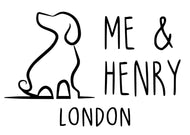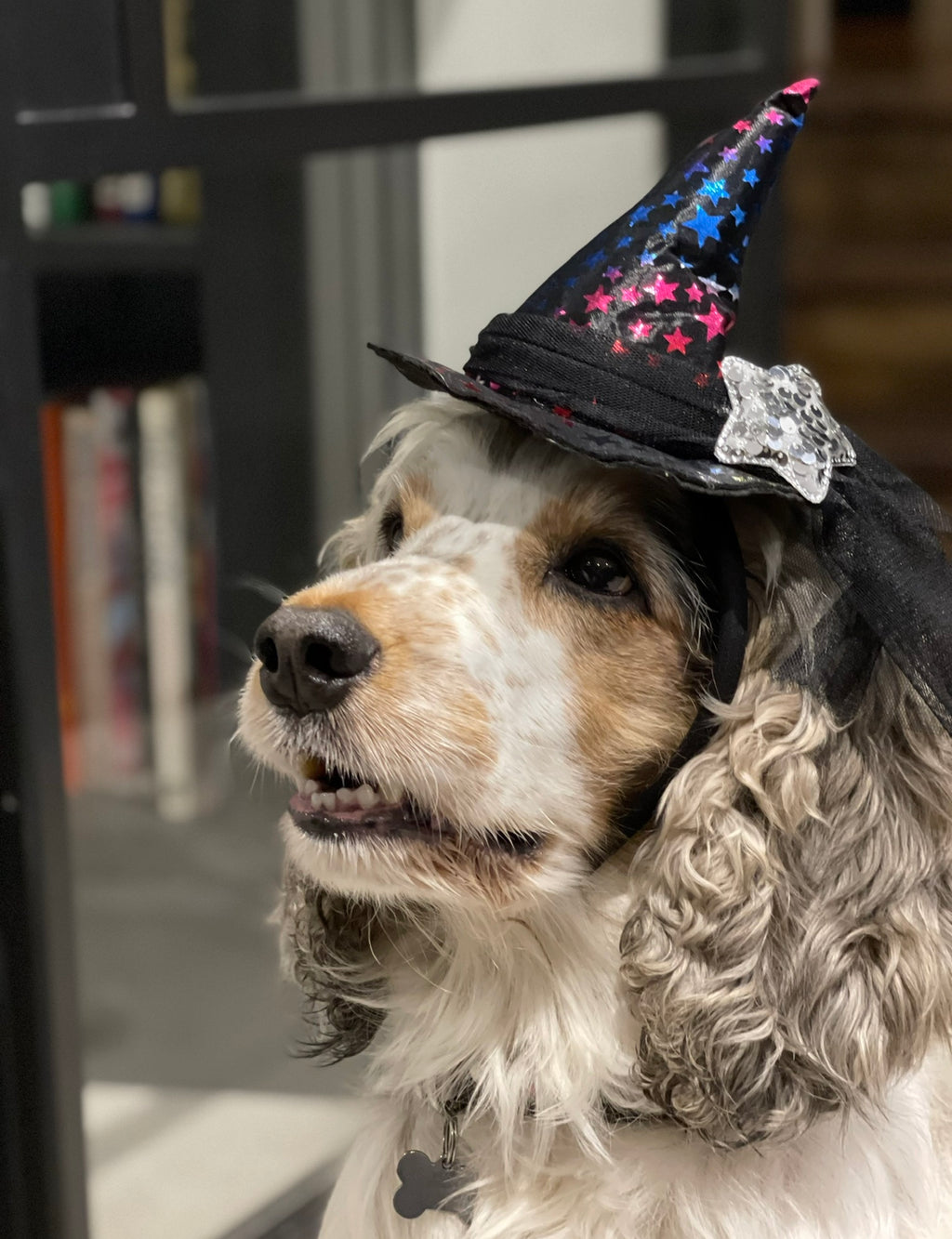Did you know in a recent poll, most people believe Halloween is a uniquely American tradition.
Although nowadays it’s very much about who’s got the best costume, collecting candy from neighbours and getting together with friends to party - it actually started over 2000 years ago in Europe and was originally a Celtic celebration called Samhain.
It was a hallowed (meaning Holy) festival marking the end of the harvest season welcoming in the new year.

It was also a time when the imaginary veil between the worlds of the living and the dead grew thin so anyone on our side could more easily contact loved ones who had died on the other side. Huge bonfires would be lit to scare off the evil spirits. Crops and animals would be sacrificed to please the gods and people would dress in animal heads and wear animal skins , while druids (Celtic priests) believed that was the night they could communicate best with the spirits to predict the future

The bonfires would attract moths and insects which in turn attracted bats who would have a tasty meal that night. As the years passed people would say bats signal death or doom and they became the animal of Halloween. In fact in Canada there is Nova Scotian mythology that a bat settling in a house means a man in the family will die. If it flies around and tries to escape, a woman in the family will perish instead.

Romans also had their own festival in October called Feralia which commemorated the passing of the dead. And another special celebration, Pomona, honoured the Roman goddess of fruit and trees. That's one reason people often bob for apples during Halloween festivities.


Jump ahead a few hundred years from there and the festivals that would become Halloween evolved. Several Christian popes attempted to replace "pagan" holidays like Samhain with their own religious celebration.
By 1000 A.D., All Souls' Day on November 2 was a time for the living to pray for the souls of the dead.
All Saints' Day, or All Hallows, honoured the saints on November 1. That made October 31 All Hallows Eve, which later became Halloween
At the same time as this, people in England and Ireland continued to associate the end of October with the wandering dead. They would put out gifts of food to calm the anger of hungry spirits, and as time went on, people began dressing in creepy costumes to go begging for the treats themselves.

The practice was called "mumming," and looked pretty similar to today's trick-or-treating.
The first Halloween-like festivities in America started in the southern colonies. People began to have something called ‘play parties’ where they would celebrate the harvest, swap ghost stories and even tell each other's fortunes.
By the 1700s, women performed rituals on Halloween in hopes of finding a husband. Single ladies used to throw apple peels over their shoulders, hoping to see their future husband’s initials in the shapes where they fell. They also competitively bobbed for apples at parties, believing the winner would marry first. And in a ritual that just sounds just creepy, some thought standing in a dark room with a candle in front of a mirror would make their future husband's face appear in the glass.

Halloween as we know it today really started around 1850 when more and more immigrants arrived in the US from Ireland escaping the potato famine. The brought their own customs and superstitions with them including the jack-o'-lantern which was carved out of turnips and potatoes instead of pumpkins.

By the end of the 1800s, more communities started holding Halloween parties that included more harmless games, fall seasonal treats and fun costumes.
Trick-or-treating took off massively by the 1950s, when Halloween became a true national event. Today, over 179 million Americans celebrate the holiday — and spend about $10.6 billion annually! That sounds a lot but it’s estimated $680 billion is spent on Christmas, $186 billion on Mothers Day and even Father’s Day takes more at $134 billion.
In the UK it’s a smaller affair with only £77 million spent - of course we have less people - and although that’s three times more than 10 years ago, it’s not as big a thing !
Did you know the best selling Halloween costume in the world is a witch followed by a rabbit and then a dinosaur! So who knew our Dino tees this Fall can double up as a great Halloween tee !

We hope you like our little nod to Halloween. We designed two tees to test the water and they have been HUGE sellers - so much so we made more. We wanted to make sure they didn’t just scream Halloween and that your little one can wear them all the time.

Hurry while stocks last. And have a happppppy Halloweeeeeeeeen.







Comments (0)